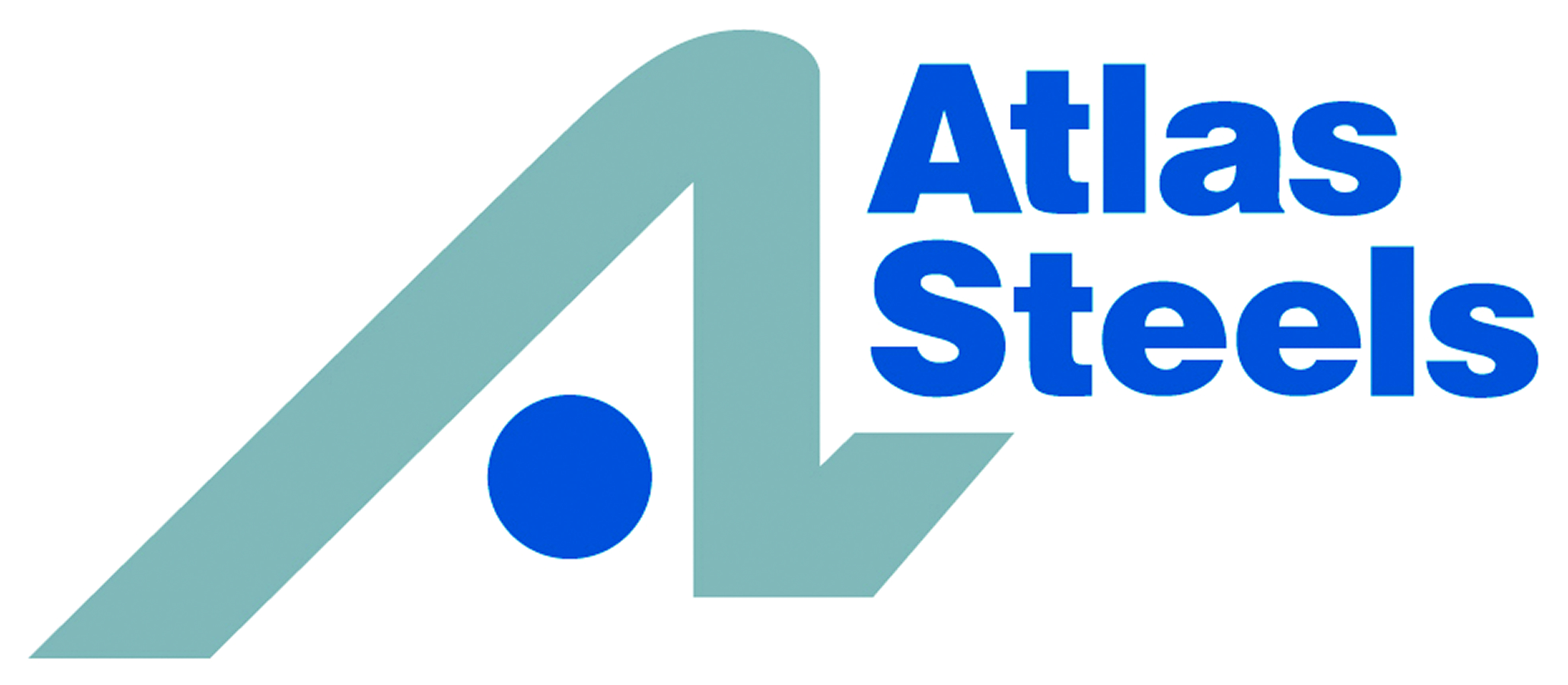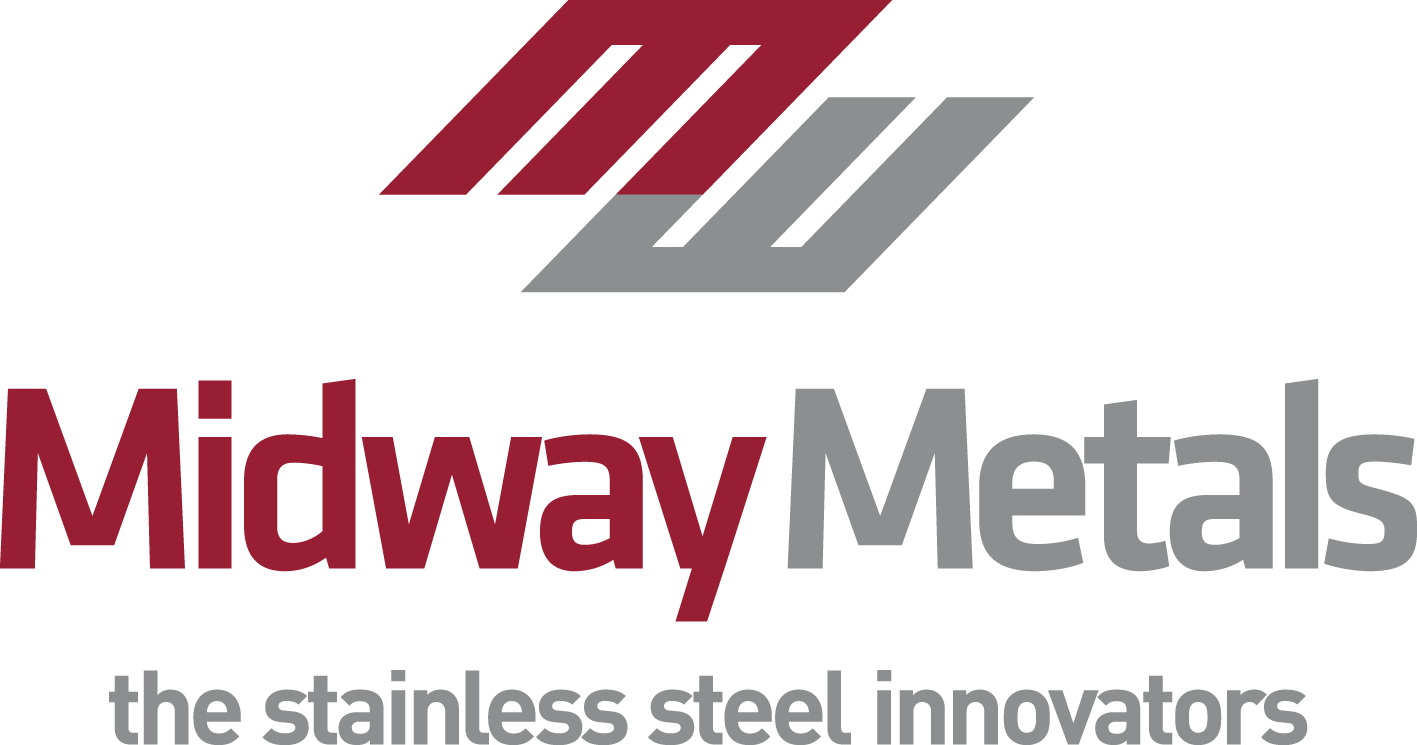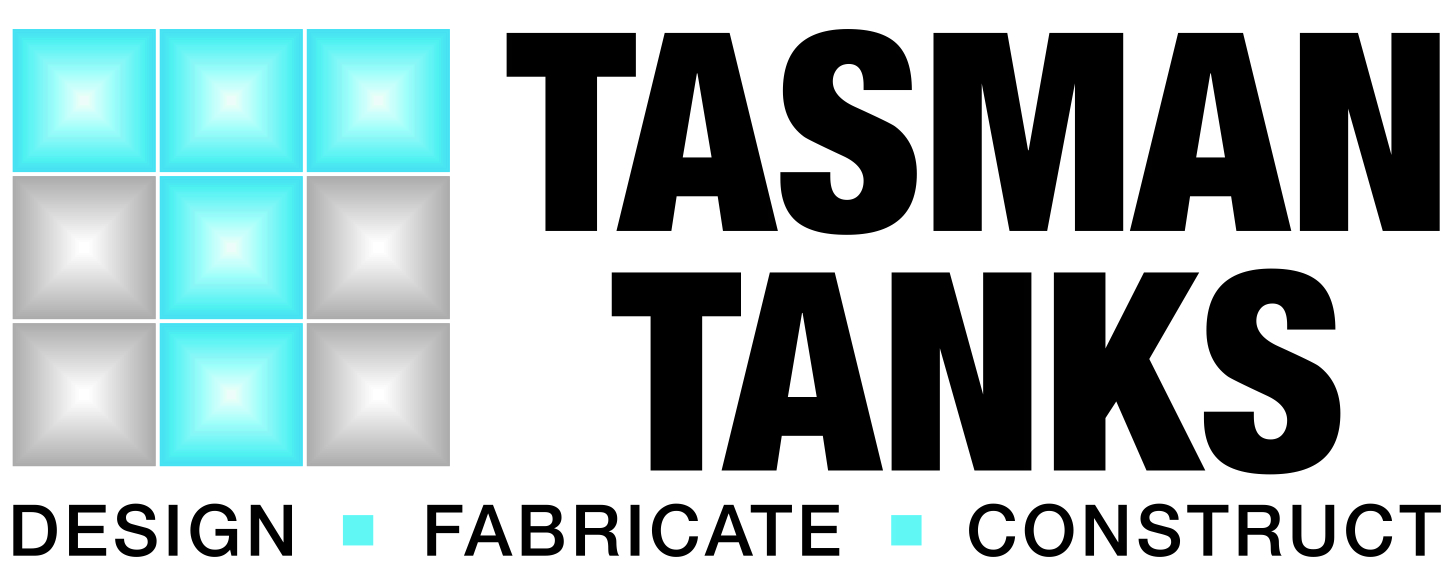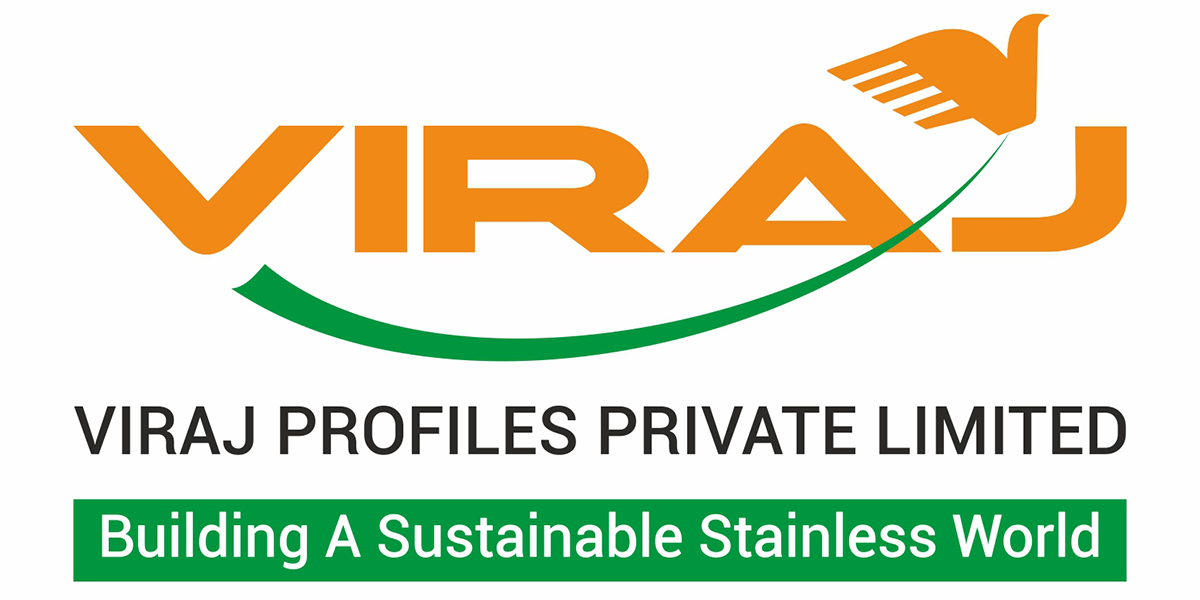In 2022, a remarkable chapter in Australia's biotechnology research unfolded with the opening of the CSIRO National Vaccine and Therapeutics Lab in Clayton, Victoria. This state-of-the-art facility has been designed to play a pivotal role in the research and development of vaccines and drug treatments, ultimately contributing to Australia's innovative potential in the life sciences sector. At the heart of this ground-breaking lab, stainless steel has emerged as a critical component, ensuring the facility's functionality, quality, and safety.
The facility’s primary objective is to transform vaccine and drug candidates into products that can be manufactured onshore in substantial quantities for clinical trials. It



































